Archives
- 2025-10
- 2025-09
- 2025-03
- 2025-02
- 2025-01
- 2024-12
- 2024-11
- 2024-10
- 2024-09
- 2024-08
- 2024-07
- 2024-06
- 2024-05
- 2024-04
- 2024-03
- 2024-02
- 2024-01
- 2023-12
- 2023-11
- 2023-10
- 2023-09
- 2023-08
- 2023-07
- 2023-06
- 2023-05
- 2023-04
- 2023-03
- 2023-02
- 2023-01
- 2022-12
- 2022-11
- 2022-10
- 2022-09
- 2022-08
- 2022-07
- 2022-06
- 2022-05
- 2022-04
- 2022-03
- 2022-02
- 2022-01
- 2021-12
- 2021-11
- 2021-10
- 2021-09
- 2021-08
- 2021-07
- 2021-06
- 2021-05
- 2021-04
- 2021-03
- 2021-02
- 2021-01
- 2020-12
- 2020-11
- 2020-10
- 2020-09
- 2020-08
- 2020-07
- 2020-06
- 2020-05
- 2020-04
- 2020-03
- 2020-02
- 2020-01
- 2019-12
- 2019-11
- 2019-10
- 2019-09
- 2019-08
- 2019-07
- 2018-07
-
Ru II complexes have been reported to
2022-05-04
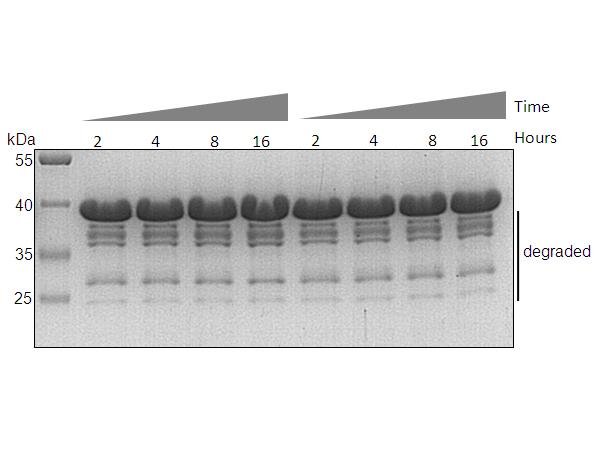
Ru(II) complexes have been reported to be both duplex and G-quadruplex structure stabilizers, and potent anticancer agents [[11], [12], [13], [14]]. Barton, Norden, as well as Ji groups have provided detailed information about recognition and reactions of classical duplex DNA by Ru complexes [[47],
-
br BA induced activation of TGR TGR
2022-05-04
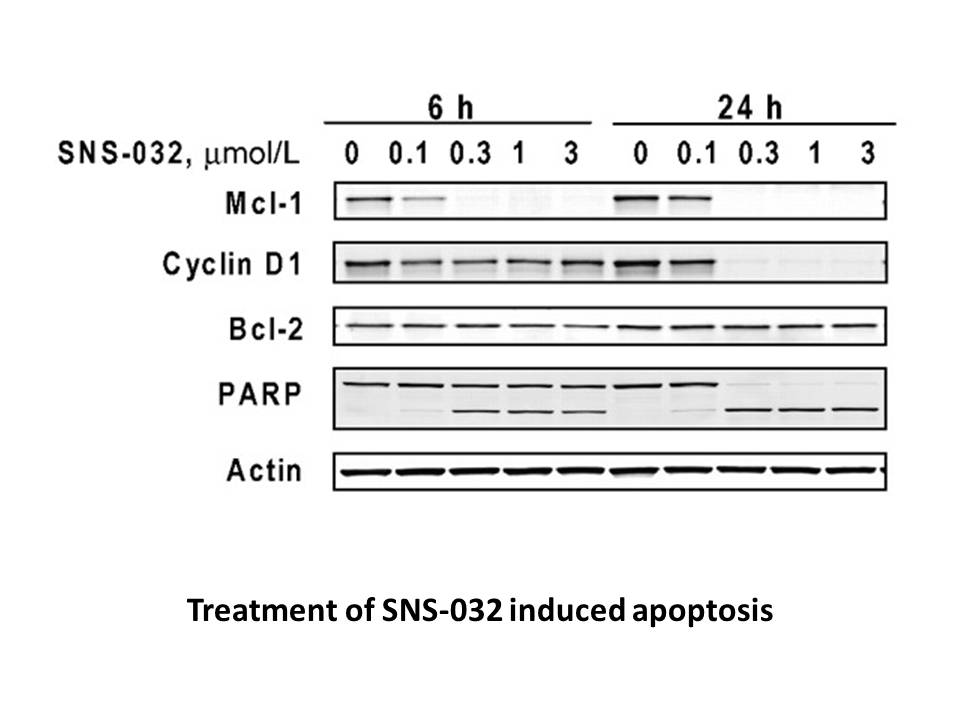
BA-induced activation of TGR5 TGR5 is a membrane-bound G protein-coupled receptor for BAs and its activation is dependent on cAMP formation and further stimulation of protein kinase A [53], [31]. The receptor is expressed in the enterochromaffin cells, smooth muscles, immune cells and more import
-
br PEPCK This enzyme decarboxylates and then phosphorylates
2022-04-29
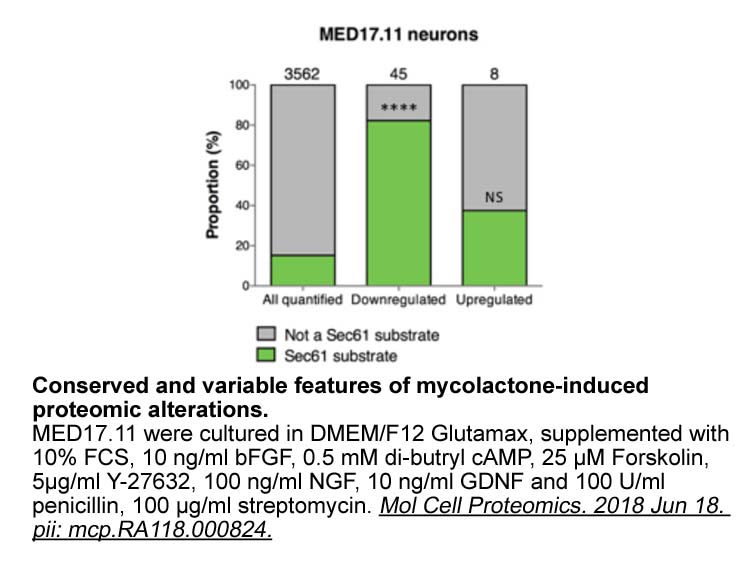
PEPCK This enzyme decarboxylates and then phosphorylates oxaloacetate to form phosphoenolpyruvate (PEP) in the second step of gluconeogenesis after the carboxylation of pyruvate catalyzed by PC. PEPCK1 (PEPCK-C, encoded by the PCK1 gene) and PEPCK2 (PEPCK-M, encoded by the PCK2 gene) are two isof
-
br Declarations of interest br Founding
2022-04-29

Declarations of interest Founding information This work was partially supported by the New Energy and Industrial Technology Development Organization (NEDO) Japan [grant number P03043]; and Grants-in-Aid for Scientific Research [grant number 16H00738 to H.M.] from the Japan Society for the Prom
-
According to the World Health Organization WHO classificatio
2022-04-29

According to the World Health Organization (WHO) classification, oligodendrogliomas or anaplastic oligodendrogliomas are primary neoplasms of the central nervous system, which are predominantly composed of cells morphologically resembling oligodendrocytes [23]. These tumors are often estimated to re
-
Chicoric acid CA is a
2022-04-29
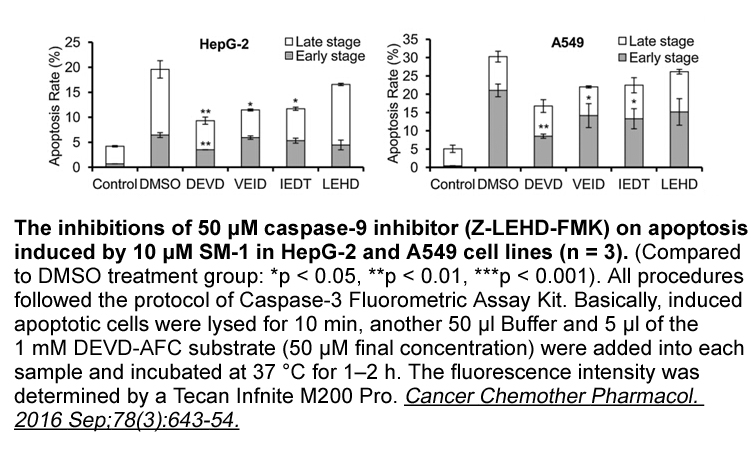
Chicoric dihydrofolate reductase inhibitor (CA) is a di-acylated hydroxycinnamoyl tartaric acid ester [12] found in a variety of plant species, especially within the Astereceae family [13]. Of interest for this study, Sonchus oleraceus and Bidens pilosa plants, from Astereceae family, were used. Bot
-
br HO and cerebral malaria In a post mortem
2022-04-29

HO-1 and cerebral malaria In a post-mortem evaluation of human cerebral (falciparum) malaria, strong HO-1 immunostaining was consistently noted in microglia/macrophages within and surrounding the pathognomonic Durck’s granulomas (Schluesener et al., 2001). As witnessed in cerebral trauma specimen
-
Although no data exist on Ptc gene
2022-04-29
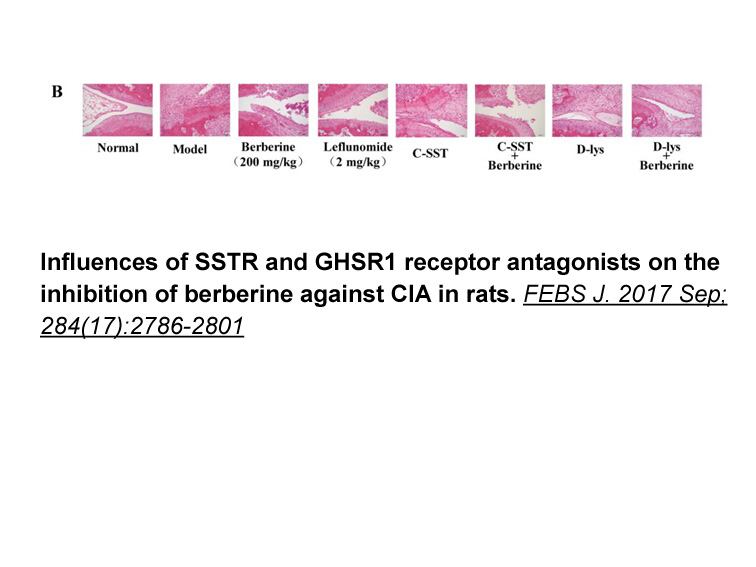
Although no data exist on Ptc52 gene topotecan in other plant species, the expression pattern presented in this study shows perceptibly low levels of transcript accumulation in tomato seeds and roots, low levels in the stem, flower and green fruit, and high levels in the leaves. This coincides with
-
Cyclopamine a steroidal alkaloid type
2022-04-29
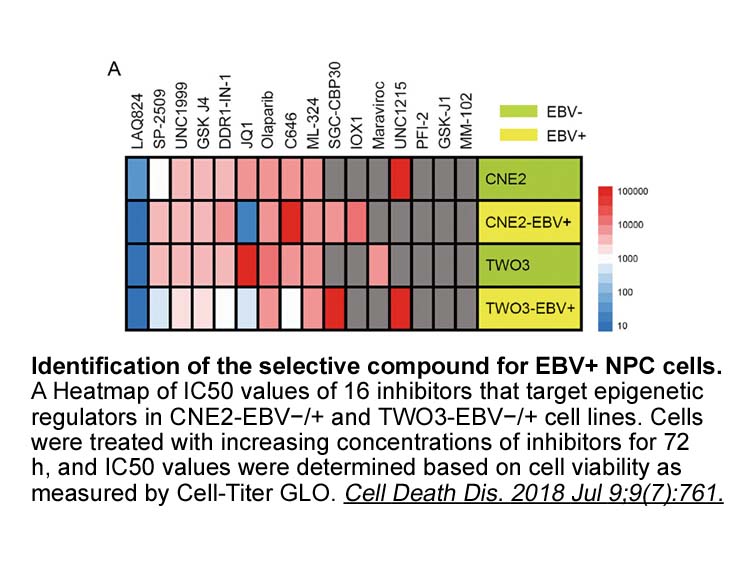
Cyclopamine, a steroidal alkaloid type secondary metabolite from Veratrum californicum Durand (Melanthiaceae), serves as an anti-Hh constituent blocking the activation of Smo [96,100]. According to previous studies, cyclopamine was shown to inhibit the development of human hepatocellular carcinomas
-
Lastly haspin inhibitor was assessed
2022-04-29
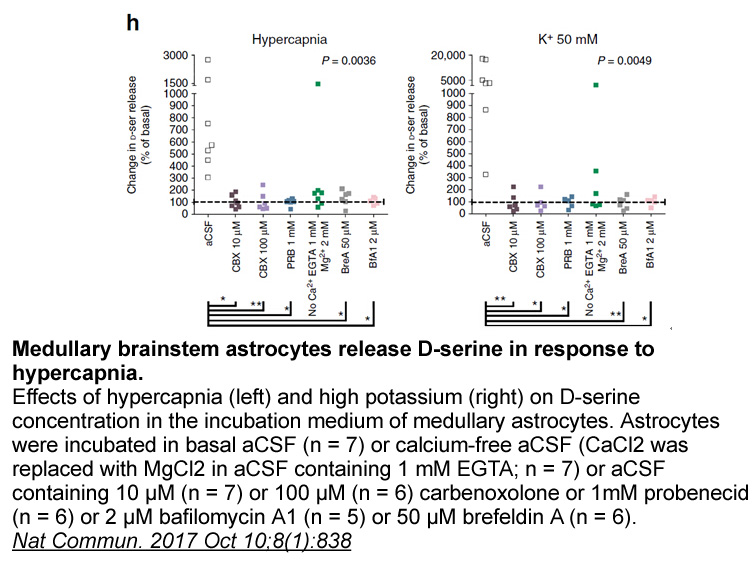
Lastly, haspin inhibitor was assessed against a panel of 292 kinases at 10μM. At this high concentration, the zd 14 mg inhibited thirteen kinases, in addition to haspin, ⩾90%., These kinases were CaMK2b, CaMK2d, CDK7-CycH-Mat1, cGK2, CK1d, CLK1, CLK2, DYRK1A, DYRK1B, DYRK3, PASK, PIM1 and PKD3. I
-
br Future perspectives sGC signaling
2022-04-29
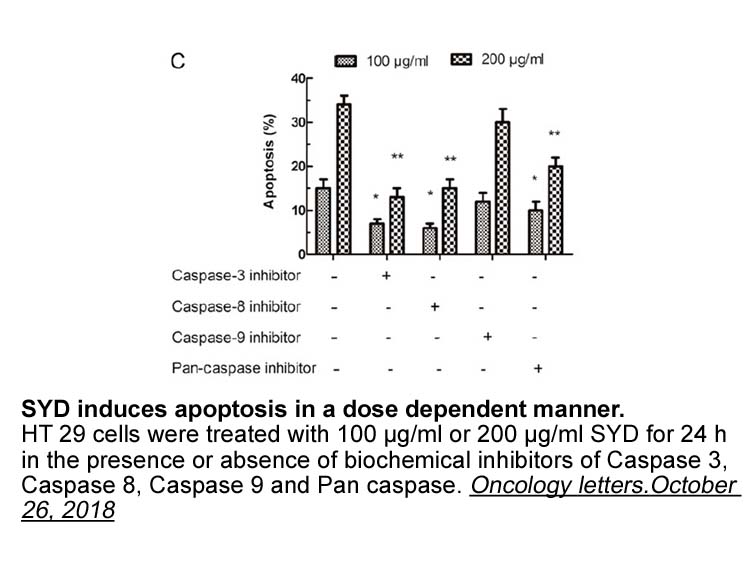
Future perspectives sGC signaling is important in the maintenance of multiple physiological functions. sGC is localized to cell membranes with both sGC Cys modifications and heme regulation identified as the crucial components in regulating sGC activity. Specifically, S-nitrosation of several com
-
As more genes were identified to cause IRDs a
2022-04-29
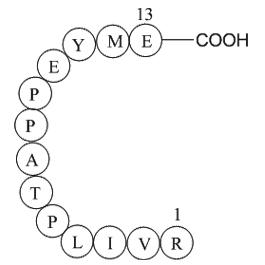
As more genes were identified to cause IRDs, a relatively large proportion were found to either cause multiple phenotypes or multiple inheritance patterns. Out of the 112 autosomal genes that are listed in RETNET (as of July 22, 2016) that are known to cause non-syndromic IRDs (RP, LCA, and CRD), 16
-
Furthermore the role of GSK in the
2022-04-29
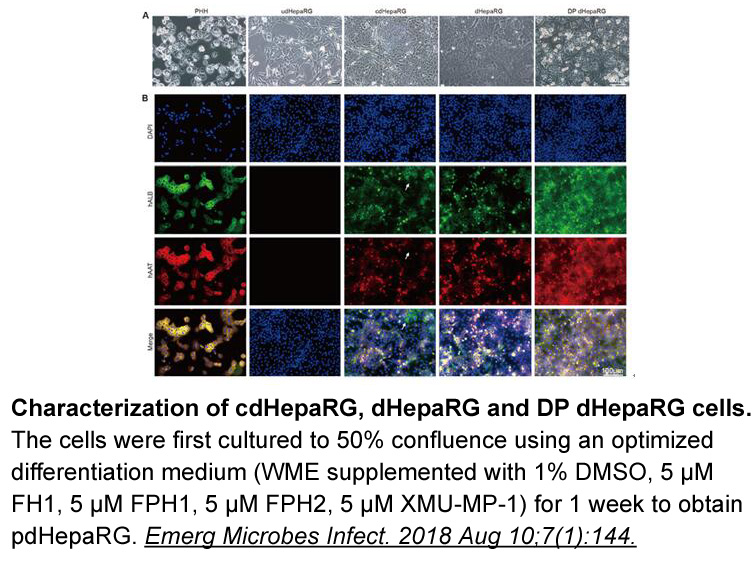
Furthermore, the role of GSK-3 in the pathogenesis of inflammation has been widely documented as it accompanies inflammatory conditions such as diabetes mellitus, mood disorders, Alzheimer’s disease, cancer (Jope et al., 2007), and has been associated with atherothrombotic CVD events. However, anoth
-
Using embelin and its analogs
2022-04-29
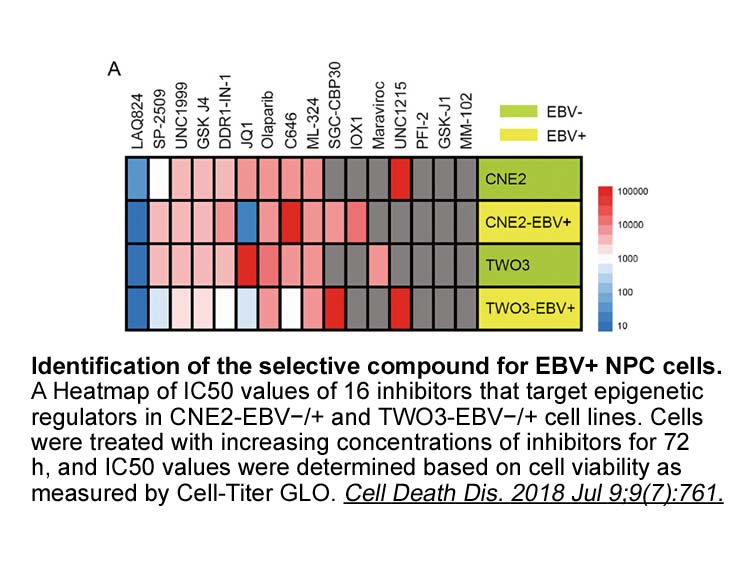
Using embelin and its analogs as surrogate GPR84 agonists we discovered that GPR84 couples to G12 and G13 signaling pathways in addition to Gi, linking receptor function to Rho/Rac signaling and modulation of the cytoskeleton. In primary human macrophages, GPR84 activation leads to Gβγ signaling, Er
-
Recent studies revealed that synthetic oligomeric A decrease
2022-04-25
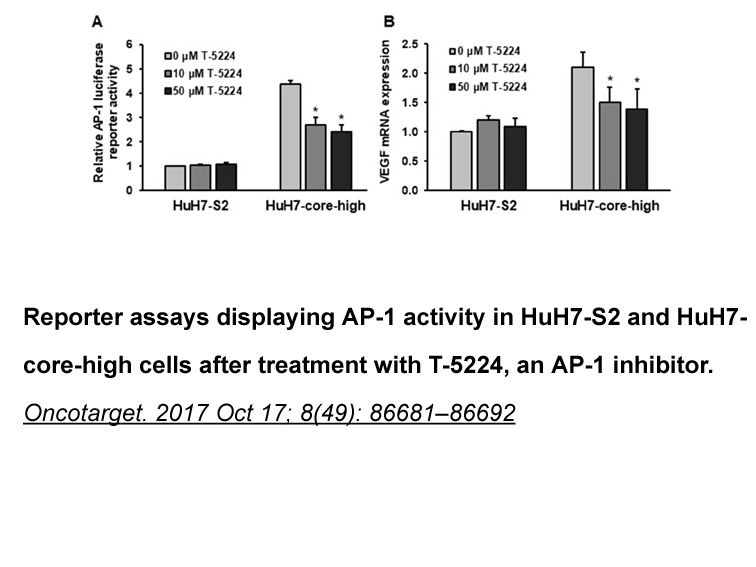
Recent studies revealed that synthetic oligomeric Aβ1-42 decreased GLT-1 expression and promoted mislocalization of GLT-1 from the cell surface of primary astrocytes, leading to glutamate dyshomeostasis in synapses (Abdul et al., 2009, Scimemi et al., 2013). To address the cause for reduction of ast
14915 records 461/995 page Previous Next First page 上5页 461462463464465 下5页 Last page